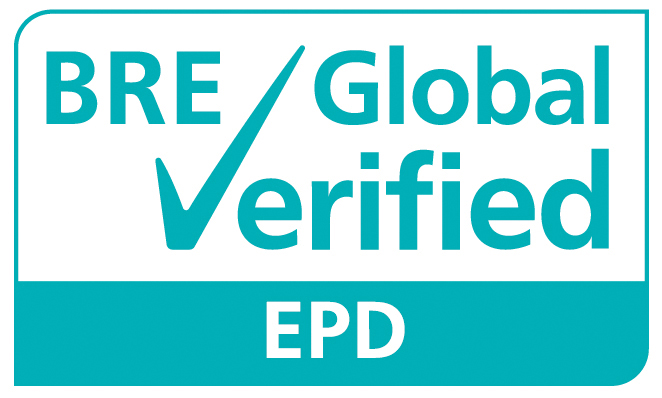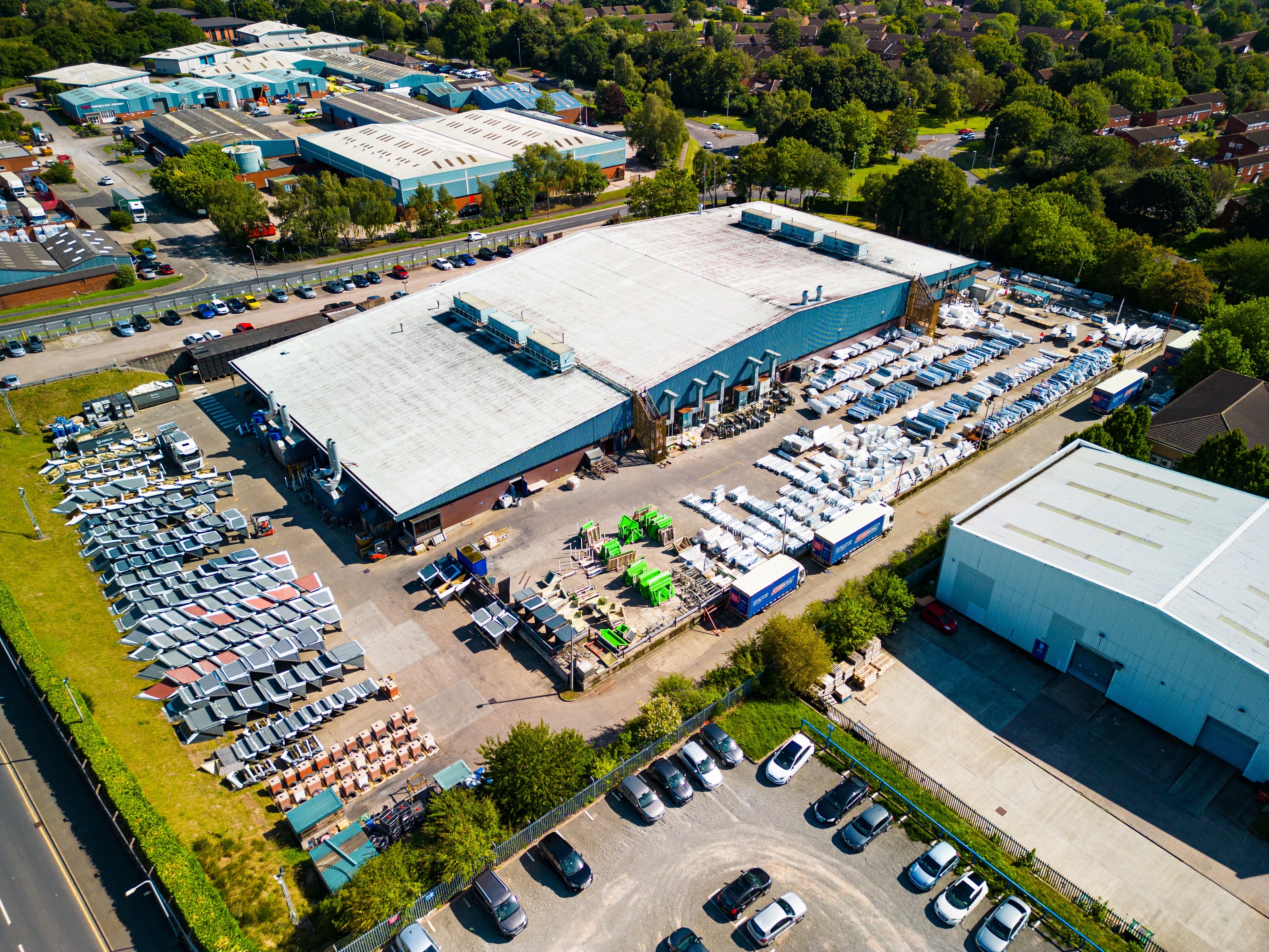
The Role of GRP in Eco-Friendly Construction
GRP and Energy Efficiency
Glass Reinforced Plastic (GRP), often referred to as fibreglass, is increasingly recognised for its significant contributions to sustainable construction. As industries worldwide push for more eco-friendly practices, GRP stands out as a material that not only supports green building objectives but also offers substantial practical benefits.
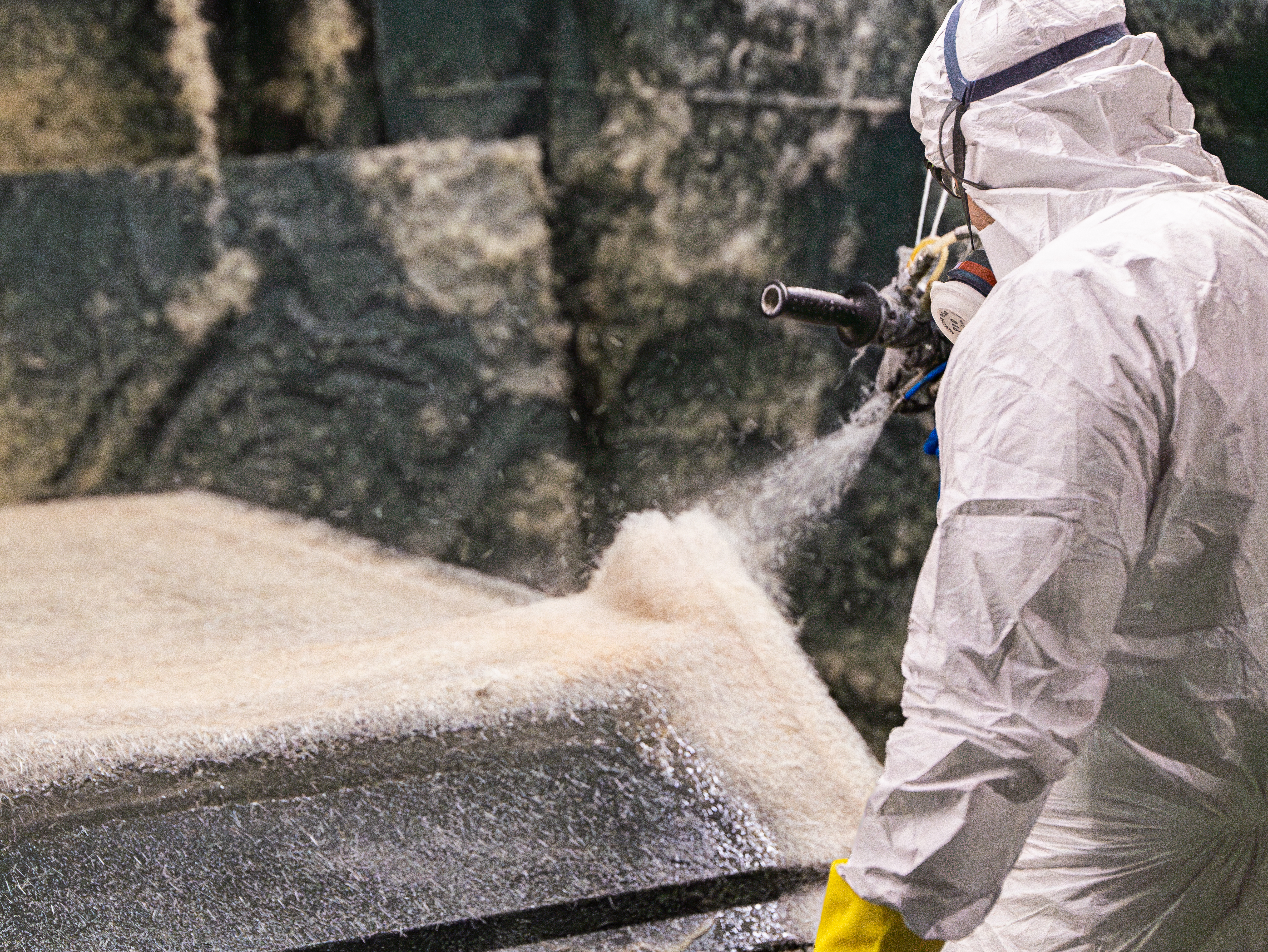

Insulation Properties
One of the standout features of GRP is its superior insulation capabilities, which play a crucial role in reducing energy consumption in buildings. By enhancing thermal efficiency, GRP ensures that buildings require less energy for heating and cooling, leading to a direct reduction in carbon emissions.
Beyond immediate energy savings, GRP offers long-term benefits by minimising the energy costs over the life of a building. The durability and low maintenance requirements of GRP mean that less energy is spent on repair and replacement, contributing to a lower overall energy footprint.
Recyclability and Waste Reduction
Manufacturing Process:
GRP’s production process is notably efficient, generating less waste compared to traditional construction materials like concrete or steel. This efficiency not only conserves resources but also reduces the environmental impact associated with material waste.
End-of-Life Options:
At the end of its service life, GRP can be ground down and reused in new composite materials, or in some cases, completely recycled. This capacity for recycling helps diminish landfill waste and encourages the reuse of materials in the construction industry.
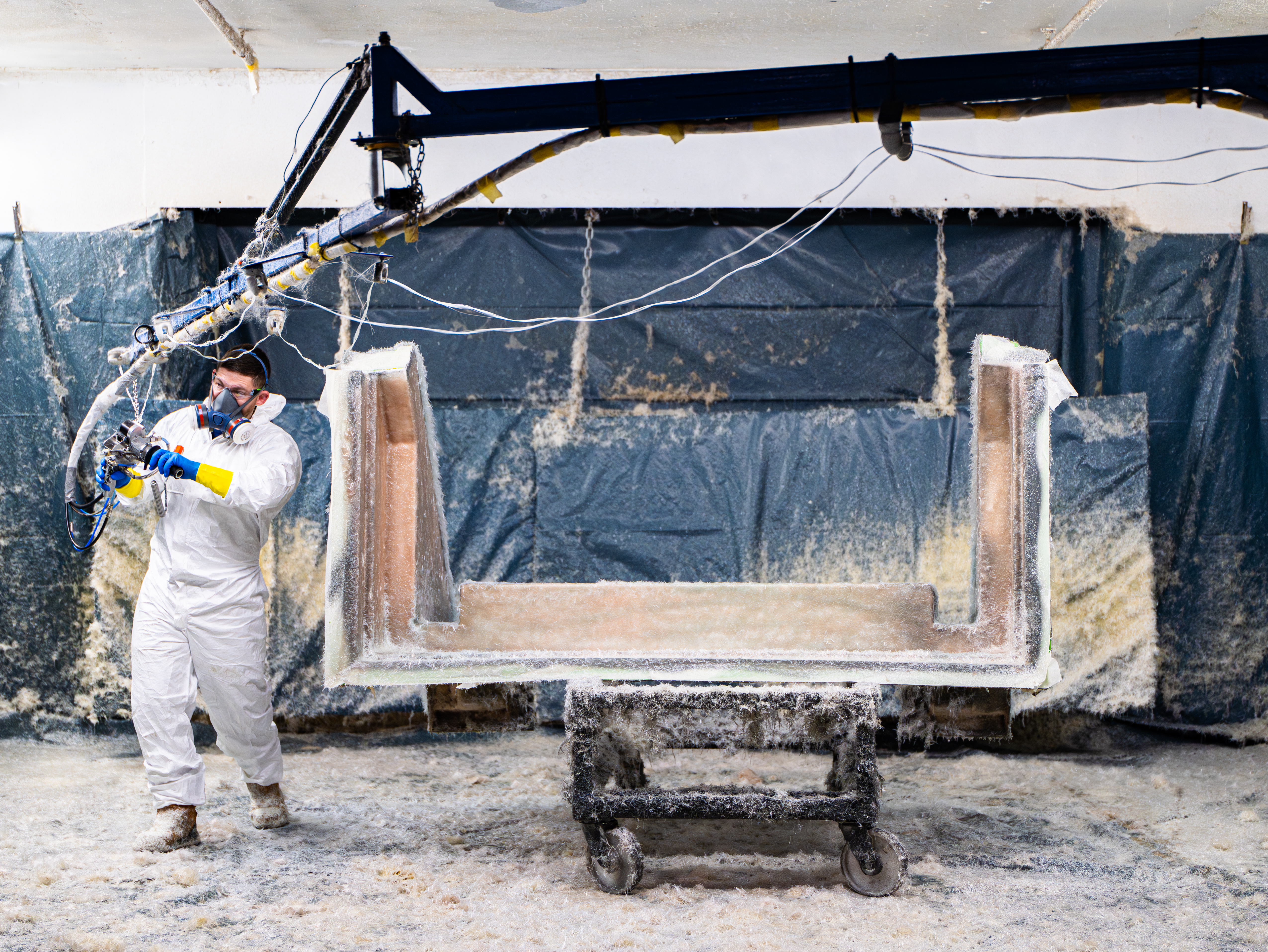
Contribution to Greener Building Practices & Stormking’s Commitment to the environment:
Compliance with Green Building Standards:
GRP’s properties align well with green building standards such as BREEAM or LEED. Its use in construction projects can significantly contribute to obtaining higher certification levels, which recognise and reward environmental performance.
Sustainable Innovations:
We’re at the forefront of developing innovative GRP products that support sustainable building practices. Their solutions are designed to maximise energy efficiency and minimise environmental impact.
The Role of Industry and Government:
For GRP to realise its full potential in sustainable construction, collaboration between industry stakeholders and support from government policies are essential. Incentives to use sustainable materials and stringent environmental regulations could further drive the adoption of GRP in construction projects.
GRP is proving to be a valuable material in the movement towards more sustainable construction practices. With its numerous environmental benefits and the continued commitment of companies like Stormking, GRP is well-positioned to play a crucial role in the future of eco-friendly building.

FAQ's
What makes GRP an eco-friendly material?
Its energy-efficient properties, recyclability, and contribution to reduced lifecycle costs make GRP a standout choice for sustainable construction.
How does Stormking ensure the sustainability of its GRP products?
Through innovative product design, responsible manufacturing practices, and ongoing efforts to improve the environmental impact of their operations.
What are the long-term benefits of using GRP in construction?
Long-term benefits include enhanced building sustainability, reduced environmental footprint, and lower overall energy and maintenance costs.
Who we work with

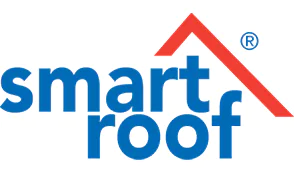






Speak to the Team
We are here to help, call us on 01827 311100 or complete the
form below and we will contact you.


